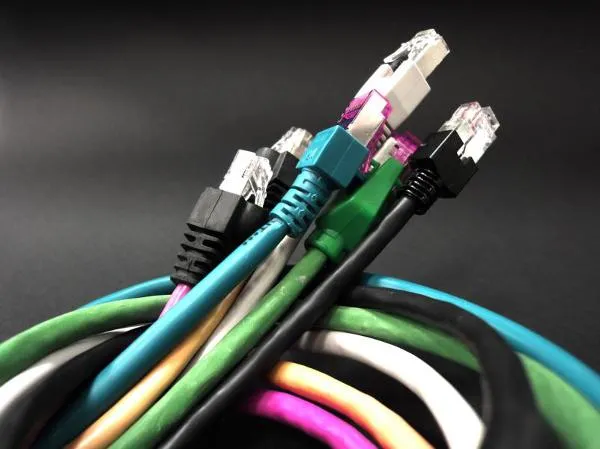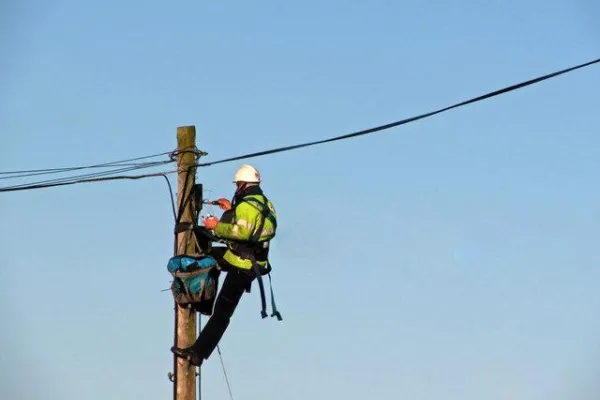Home broadband adoption declines for the first time

Home broadband subscriptions declined for the first time ever in 2015, down from 70% in 2013 to 67% this year, according to anew Pew study. The main reason: “The monthly cost of broadband service is now cited by a plurality of non-adopters as the most important reason for not having a home broadband subscription.” The decline was most pronounced among African-Americans (-8%), Hispanics (-6%), low-income (-5%), and rural (-5%) Americans.
These findings underscore the need for the FCC to move quickly to update the Lifeline program to include broadband.
The report, “Home Broadband 2015,” also found that while home broadband adoption declined in 2015, reliance on smartphones for Internet access increased. A full 13% of Americans are “smartphone-only.” But the report also noted that smartphone-reliant households face challenges when applying online for jobs and cost pressures due to wireless data caps.
The Washington Post’s Brian Funghighlighted another interesting report finding: 42 percent of “cord-cutters” -- those who are wireless-only for voice service -- don’t subscribe to home broadband. That is significant, given that that streaming video and audio, like Netflix or Hulu, now accounts for70 percent of a household’s Internet use. It means the cord-cutters aren’t only replacing their traditional pay-TV service with Internet streaming through an ISP; they’re also replacing traditional pay-TV service with Internet streaming through wireless service providers, an option that may become more popular as zero-rating plans develop.
Home Broadband 2015 (Pew, Dec. 2015)
42 percent of cord-cutters don’t even subscribe to home broadband (Washington Post, Dec. 21, 2015)
Streaming Video Now Accounts for 70 Percent of Broadband Usage (Recode, Dec. 7, 2015)
Are zero-rating video plans pro-consumer or do they violate net neutrality? (Speed Matters, Nov. 24, 2015)
Biden Administration honors CWA steward for rural innovation
CWA Frontier workers sue Connecticut for anti-union contract interference
New CWA program incorporates union basics into IT training



